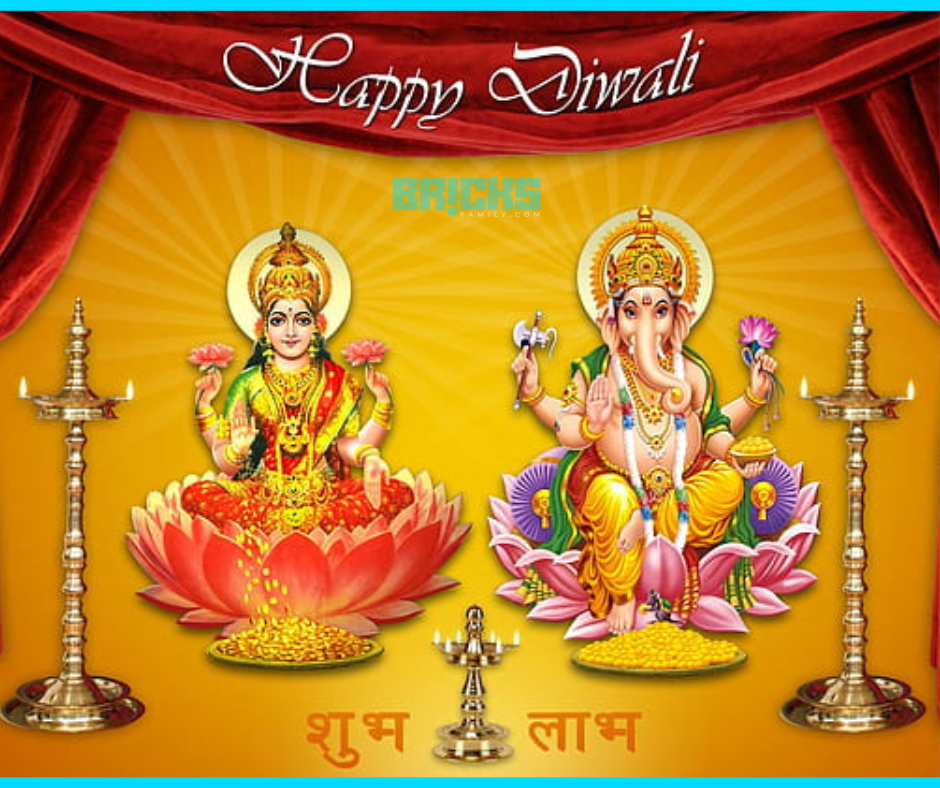The orange-red blossoms of the Gulmohar plant are well-known. It is among the most well-liked decorative plants on the planet. Learn more about the cultivation and maintenance of the Gulmohar plant. This blog is about The Majestic Gulmohar Tree: Complete Guide of Features, Plantation & Care.
One of the most adored plants in India is the Gulmohar Plant. Gulmohar is distinguished from its contemporaries by its fern-like leaves and orangish crimson blossoms. Gulmohar plant is planted as an ornamental tree in various parts of the world.
It is often referred to as the “Flame of the Forest” because of its stunning orange blossoms. In your garden, you can also plant a gulmohar plant. Here is a thorough explanation of Gulmohar plant care, propagation, and other related topics.
Gulmohar Plant: Key Facts
Here are some of the key features of the Gulmohar Plant-
| Gulmohar Plant | |
| Species | D Regia |
| Scientific Name | Delonix Regia |
| Family | Fabaceae |
| Colour of Flowers | Orange-Red |
| Height | 15-40 m |
| Other Names | Poinciana, Gulmohar, Krisnachura |
| Spread | 3.5-5 M |
| Climate | Tropical and SubTropical |
Botanical Details of Gulmohar Plant
The scientific name for the Gulmohar tree is “Delonix regia.” The Fabaceae family includes this stunning tropical plant. The Gulmohar tree, which is native to Madagascar, is a magnificent tree that may grow up to 40 meters tall. Its broad canopy offers much of protection and shade.
Here is detail about The Majestic Gulmohar Tree: Complete Guide of Features, Plantation & Care.
Flowers on Gulmohar Plant
The blazing masterwork of nature is the Gulmohar flower. The Gulmohar tree bursts into a riot of color in the summer, and its branches are adorned with clusters of vivid red or orange blooms.
Blooms from gulmohar plants are a welcome sight in any garden because they draw pollinators like bees and butterflies in addition to lending an air of elegance to the surrounding area.

Gulmohar Fruits
The Gulmohar tree yields long, woody seed pods when the petals fade. The seeds within these pods are encased in a fibrous pulp. These pods give an intriguing texture to the tree and can be utilized for crafts or decorations, even if they’re not as showy as the blossoms. We will see here about The Majestic Gulmohar Tree: Complete Guide of Features, Plantation & Care.
How to propagate a Gulmohar Tree?
Let’s discuss cultivating Gulmohar plants at home. Gulmohar plants are very simple to plant. The Gulmohar can be propagated by grafting or by using seeds. This is a step-by-step tutorial on how to multiply Gulmohar plants:
Step 1: If you opt for seeds, simply collect them from mature pods.
Step 2: Soak them in water for a few hours.
Step 3: Then plant them in a well-draining soil mixture.
Step 4: Keep the soil moist and warm.
Step 5: Soon enough, you’ll see tiny seedlings sprouting up, eager to grow into majestic trees.
Gulmohar Tree Propagation using a cutting
A Gulmohar Tree cutting can also be used to propagate the plant.
A cutting can also be used to propagate a Gulmohar plant, however this method is less popular. Here are the easy ways to use a cutting to propagate the Gulmohar tree:
Step 1: Take a Semi-hardwood cutting of Gulmohar plant. A Semi-hardwood cutting can be taken from a sun-facing side of the Gulmohar plant.
Step 2: The cutting should be sound and must have 2-3 nodes of about 30 cm long.
Step 3: As soon as the branch is cut, dip this into a rooting hormone like ‘Auxin’.
Step 4: Take it out after 2 hours.
Step 5: Make a pit with dampened soil.
Step 6: Plant the cutting. Roots and leaves will sprout within a few days.
The major advantage of planting a Gulmohar tree with a cutting is that it blooms faster than the plant propagated using seeds.
Gulmohar Plant: Pests and Diseases

Pests and diseases can affect Gulmohar trees just like they would any other plant. Aphids, mealybugs, and scale insects are common plant pests in Gulmohar. Neem oil or insecticidal soap work well against these pests.
Disease-wise, Gulmohar trees are susceptible to fungal infections such as powdery mildew or root rot, particularly in humid environments. Make sure your tree has enough airflow and refrain from overwatering it to maintain it healthy.
Remedies to the pests and diseases on Gulmohar Plant
Do not panic if you see any bugs or illnesses on your Gulmohar plant! You can attempt a number of natural therapies. For example, fungicidal sprays or better soil drainage helps fight fungal infections, while a straightforward solution of dish soap and water might help discourage pests. You may prolong the life of your Gulmohar tree with a little attention and care.
Uses of Gulmohar Plant
Apart from its stunning blooms, the Gulmohar tree has several practical uses.
- Owing to its durability, Gulmohar Tree wood is used for making furniture or decorative items.
- Gulmohar flowers and pods can be used to make natural dyes.
- Leaves of Gulmohar Plants are sometimes used in traditional medicine for their purported healing properties.
How to Grow Gulmohar at Home (Step by Step)
Gulmohar is a stunning plant that anyone would love to grow at home. This is a step-by-step tutorial on how to cultivate a Gulmohar plant at home. All you have to do is locate a well-lit area.
Step 1: Choose a sunny spot in your garden with well-draining soil.
Step 2: Plant Gulmohar seeds or saplings at the appropriate depth, ensuring they have enough space to grow.
Step 3: Water the newly planted seeds or saplings regularly, especially during the dry season.
Step 4: Once established, continue to water the tree as needed, but be careful not to overwater.
Step 5. Prune the tree as necessary to maintain its shape and remove any dead or diseased branches.
Step 6. Keep an eye out for pests and diseases, and treat them promptly using natural remedies.
Gulmohar Plant: Bonsai
The bonsai of a Gulmohar plant has an exquisite appearance. It enhances the ambience’s aesthetic value and is the ideal addition to the inside of a house. However, it takes effort and time to create a bonsai from Gulmohar. Food is restricted and the plant is often chopped and clipped when creating a bonsai. A Gulmohar plant can be turned into a stunning bonsai with professional assistance.
How to care for Gulmohar Plant?
Taking care of your Gulmohar tree is relatively easy. but it does require a little effort from your side.
Soil Preparation: Given that Gulmohar is a tropical plant by nature. It needs the soil to provide it with enough warmth. Start getting the soil ready as soon as you have a sapling to plant. Maintain a pH of 6.5 to 7.5.
Drainage: Make sure that the plant does not have any drainage issues. Waterlogging is very detrimental to Gulmohar’s growth.
Location: As soon as it is planted, the Gulmohar plant starts to grow and spread quickly. You must plant the tree in an open area.
Sunlight: Gulmohar thrives in an area with abundant sunlight. Ensure that the plant gets at least 6 hours of sunlight.
Fertiliser: When the plant is young, you can add organic manure every three weeks. A balanced fertiliser will help in plant growth.
Avoid Windy Location: As the roots of the Gulmohar plant are shallow, it can get uprooted if planted in a windy location.
Pruning: Gulmohar trees spread swiftly, thus frequent pruning is essential. Proper and consistent trimming promotes plant development.
Gulmohar plants require full light and soil that drains properly in order to flourish in warm areas. Once established, they can withstand severe droughts rather well; however, young trees may require frequent irrigation until their roots become deeply ingrained.
Toxicity due to Gulmohar plant
It’s crucial to remember that eating specific Gulmohar plant parts, such as the seeds and pods, might be poisonous. Take extra caution when handling the plant, particularly if young children or pets are present. You can appreciate the plant’s beauty without concern as long as you follow safety measures and don’t consume any of its parts.
Historical Significance of Gulmohar Plant
Learn about the Gulmohar Plant’s numerous historical significance here:
- This plant is credited for adding beauty and vitality to life in a number of historical documents and literary works. Poetry, art, and writing have all been influenced by its vibrant blossoms all over the world.
- Despite being native to Madagascar, gulmohar plants are grown in tropical and subtropical climates all over the world. In the late 19th and early 20th centuries, botanical tours and colonial trade routes are linked to its dissemination. This tree was brought to many locations of India, Southeast Asia, the Caribbean, Central America, and South America, where it rose to fame as an ornamental tree.
- The tree is revered for its significance in the natural and cultural landscapes in many places, and it is reflected in regional fabrics, crafts, and artwork. This cultural picture is often mentioned in elaborate botanical studies. A botanical study has been published in Economic Botany, in which the Gulmohar tree’s historical cultivation and transformation into new environments have been documented.
Conclusion to Gulmohar Plant
This concludes our thorough guide to the magnificent Gulmohar plant. There’s no doubting the beauty and charm of this tropical treasure, whether you’re admiring its amazing blossoms or hoping to grow one in your own backyard. So go ahead, let the Gulmohar tree illuminate your world and embrace your inner gardener. In this way we have seen The Majestic Gulmohar Tree: Complete Guide of Features, Plantation & Care.
Also Read: A Guide to Grow Rose Flower Plants at Home















